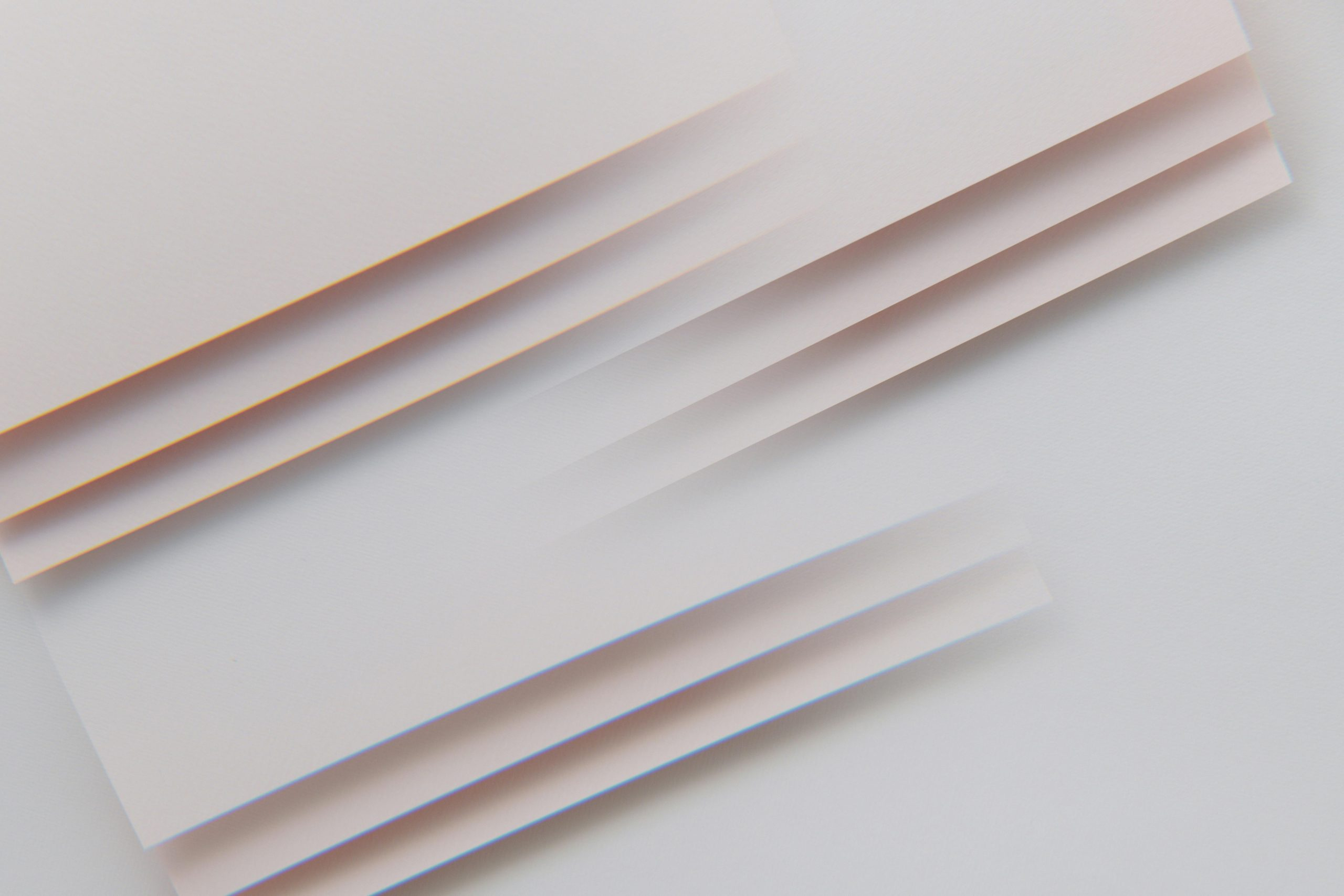Understanding the Impact of Fabric Texture on Overall Appearance
Fabric is an essential aspect of fashion and interior design. It is what creates the texture, structure, and feel of clothing, furniture, and home decor. One often overlooked, but extremely important element of fabric is its texture. The texture of fabric refers to the surface characteristics that determine how it looks and feels. While it may seem like a basic feature, understanding the impact of fabric texture on overall appearance can greatly enhance your fashion choices and interior design decisions. In this article, we will delve deeper into the importance of fabric texture and how it affects the overall appearance of clothing and interior spaces.
How Fabric Texture Affects Clothing
Fabric texture has a significant impact on the appearance and quality of clothing. It is what gives a garment its unique look and feel. The texture of fabric is a result of the fibers, yarns, and weaving or knitting techniques used to create it. These factors greatly influence the texture, drape, and weight of the fabric, which ultimately affects the overall appearance of the clothing.
The Different Types of Fabric Texture
There are several different types of fabric textures, each with its own characteristics and appearance. The most common types of fabric texture include smooth, rough, coarse, and soft. Smooth fabrics are often sleek and glossy, while rough fabrics have a more rugged and uneven surface. Coarse fabrics are known for their stiffness and grittiness, while soft fabrics are known for their delicate and plush feel.
The Impact of Fabric Texture on Clothing Appearance
The texture of fabric can drastically change the appearance of clothing. For example, a smooth and glossy fabric, like silk, can give off a sleek and luxurious vibe, while a rough and uneven fabric, like burlap, can give off a more rustic and casual feel. The texture also affects the way a garment drapes on the body. A stiff and coarse fabric may create a more structured and tailored look, while a soft and flowy fabric may create a more relaxed and effortless appearance.
The Role of Fabric Texture in Fashion
In fashion, the texture of fabric is carefully chosen to enhance the design and overall appearance of a garment. Designers often mix and match different fabric textures to create a dynamic and visually appealing look. For example, a combination of rough and smooth textures can add depth and contrast to an outfit. Additionally, the texture of fabric can also dictate the style and occasion for which a garment is suitable. A soft and delicate fabric, like chiffon, is often used for formal and elegant attire, while a coarse and sturdy fabric, like denim, is more commonly used for casual and everyday wear.
The Impact of Fabric Texture on Interior Design
Fabric texture is not only important in fashion, but also in interior design. The texture of fabric used in furniture, curtains, and other decor items plays a key role in creating a comfortable and visually appealing space. Just like in fashion, fabric texture can greatly influence the overall appearance and atmosphere of a room.
The Different Types of Fabric Texture in Interior Design
Similar to fashion, there are countless types of fabric texture used in interior design. Some of the most popular ones include smooth and shiny fabrics, like satin and velvet, as well as rough and textured fabrics, like wool and linen. There are also various types of fabrics with unique patterns and designs, which add a whole new dimension to the texture of a space.
The Impact of Fabric Texture on Interior Design Styles
The choice of fabric texture can greatly influence the style and theme of an interior space. For example, using a smooth and shiny fabric, like silk or satin, can create a more sophisticated and luxurious atmosphere, while rough and textured fabrics, like a wool rug, can add warmth and coziness to a room. Different textures can also be used to create a contrast or complement with other elements in a space, such as mixing a smooth fabric with a textured one to add visual interest.
The Role of Fabric Texture in Tying a Room Together
Similarly, fabric texture is an essential element in bringing all the elements of a room together. It can be used to create a cohesive look by repeating similar textures throughout the space. For example, using a soft and plush fabric for both the curtains and cushions in a room can create a unified and harmonious look.
In Conclusion
The texture of fabric has a significant impact on the overall appearance and feel of clothing and interior spaces. It not only affects the look of garments and decor items but also influences the style and atmosphere of a space. Understanding the different types of fabric texture and how they can be used to enhance the appearance of clothing and interior design can help you make better fashion and design choices. So, the next time you go shopping for clothes or decorating your home, pay close attention to the texture of the fabric and see the difference it makes.










